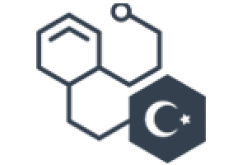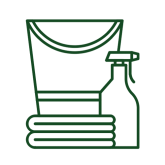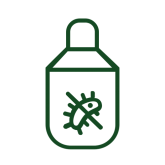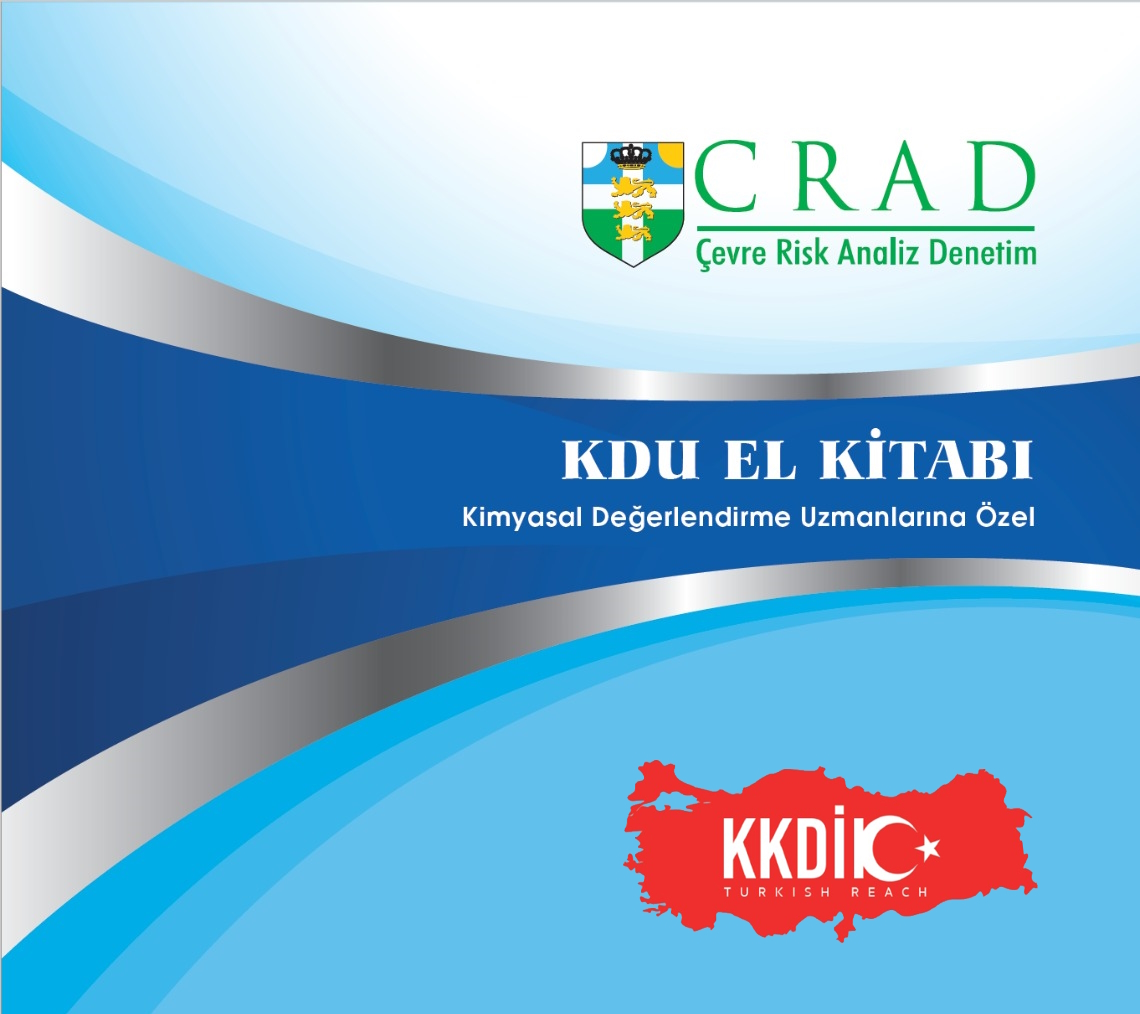CLP Regulation (1272/2008 EC) Compliance Service
CLP stands for the Regulation (EC) No 1272/2008 on the Classification, Labelling and Packaging of substances and mixtures. CLP which entered into force on 20th January 2009 introduces the United Nations Globally Harmonized System (UN GHS) for classification and labelling of chemicals into Europe. CLP Regulation aims to protect workers, consumers and the environment from hazardous chemicals.
The CLP Regulation affects your business if you manufacture, import, use or distribute chemical substances or mixtures into the EU market. Compliance with the new EU regulation setting out classification, notification and labelling is compulsory for most substances, irrespective of their tonnages and uses. Meeting the CLP requirements are prerequisites to do business into the EU market.
CONNECTION BETWEEN REACH AND CLP
Both include hazard communication tools. While the rules on labelling are set up in CLP, provisions on SDSs are settled by REACH Regulation.
Classification of a substance is legally mandated as part of REACH registration dossier, on the other hand classification criteria are set out by CLP.
Substances from which REACH Registration was made prior to November 30, 2010 will not need a C&L notification.
DIFFERENCES BETWEEN REACH AND CLP
When “registration” constitutes the main core of the REACH Regulation, CLP is based on three main constituents which are classification, labelling and packaging respectively.
CLP applies to all substances irrespective of annual tonnages differently from REACH
CLP NOTIFICATION
According to CLP, manufacturers and importers (or groups of manufacturers or importers) who place a hazardous substance on the EU market, shall notify certain information, consisting of the substance identity and the classification and labelling of that substance to ECHA (C&L notification).
The deadline of C&L notification for substances placed on the market before 1 December 2010 was 3 Jan 2011. Substances placed on the market after 1 December 2010 shall be notified within one month from the first time they are placed on the market.
NOTIFICATIONS THROUGH AN OR
Only Representatives (ORs) may submit the information needed for notification to the Inventory as part of a REACH registration dossier. Where a separate notification to the Inventory is necessary, the EU importer(s) would normally have to submit the notification.
If non-EU operators, for confidentiality reasons, do not want to disclose the composition of their substances or mixtures to their EU importers, they may appoint one of the importers to notify on behalf of the other importers (notification as a group).
Alternatively, a third party who is not itself a manufacturer or importer (e.g. an OR who has already been appointed for the purposes of registration under REACH) may submit a group notification on behalf of the EU importers. Such a third party can submit the notification but cannot take over the obligations of the importers that are part of the group. If such a solution is used, the submitting entity must be able to document that it has been mandated to act on behalf and in the name of the manufacturer(s)/importer(s) that are part of the group and that the manufacturer(s)/importer(s) acknowledge that they remain solely and fully responsible to fulfil all their obligations associated with the notification.
The documentation related to the creation of this group of manufacturer(s)/importer(s) together with the data and information on which C&L are based may need to be made available to the Competent Authorities and to the relevant Enforcement Authorities.
As CRAD, we do provide comprehensive legislative support including our training solutions.
















